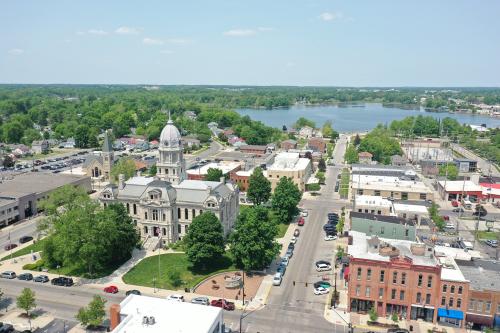What are states good for? The 19th century answer was that states are a critical counterweight to federal power. The 20th century answer was that states are laboratories of democracy–tinkering with the beta versions of laws and policies before other states or the federal government adopted them on a large scale. The 21st century answer is that states are the enablers and supporters of metropolitan economies.
One problem: States don’t really think this way. According to law, all the component elements of metros–cities, counties, townships, villages, etc.–are creatures of the state. The state determines the boundaries of local governments, the extent of their powers, and the flexibility of both. It’s counterintuitive for state leaders, many of whom have “graduated” from local government, to believe that metros and their needs should drive state policy.
But the numbers tell a different story. All but three states depend on metros for the majority of their economic output. As Alan Berube and Carey Nadeau have found, in 15 states, just one metro accounts for the majority of the state GDP (think of Chicago, Atlanta, and Boston). In 16 other states, two metros produce more than the rest of the state combined (L.A. and San Francisco; Dallas and Houston; Detroit and Grand Rapids).
So how could this inversion of the traditional state-local relationship get started? Michigan Gov. Rick Snyder has proposed a key first step: In an address to the state legislature yesterday, Snyder proposed creating metropolitan governments in Michigan, which would supersede city and county government and take on the legislative and executive powers of local governments. If Detroit and Grand Rapids adopted this form of government (admittedly, they aren’t likely to now, or in the near future), their political power might match their economic power.
Bruce Katz and I lay out some more ideas of how states can put themselves in the service of metros in a piece in the new issue of Democracy Journal. I’ll give away the ending:
“Between 1787 and 1789, states decided, for a variety of reasons including significant economic benefits, that they should cede some of their sovereignty to the federal government–which, at that time, was itself kind of a creature of the states, like municipalities are today. In 2011, states face a version of the same choice. The wise ones will embrace their metro-led future.”


Commentary
A New State of the States
March 22, 2011